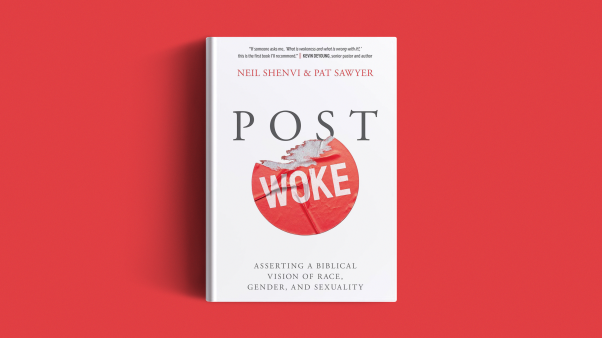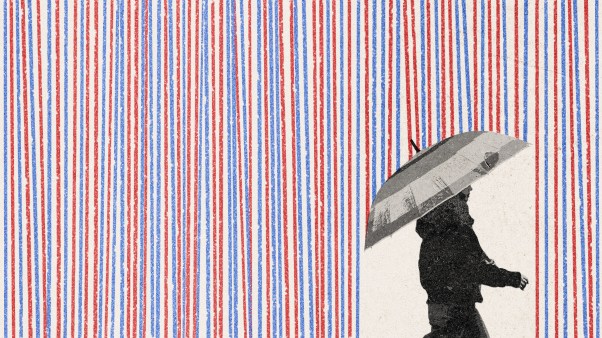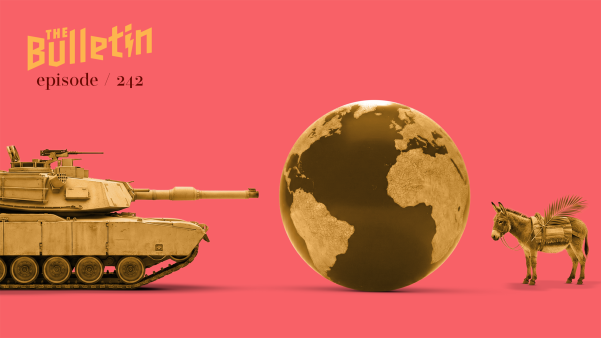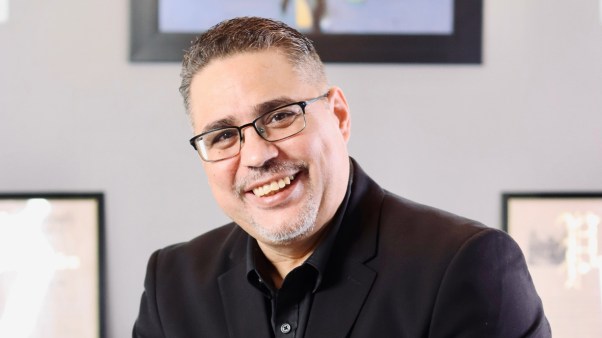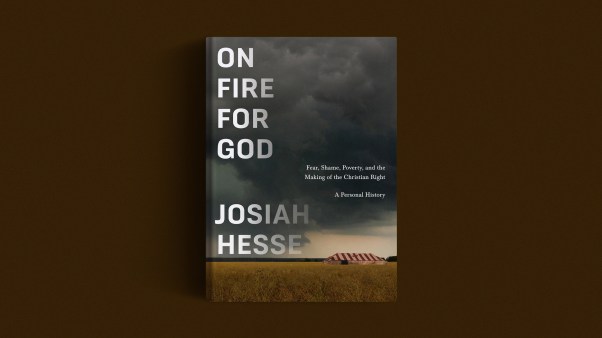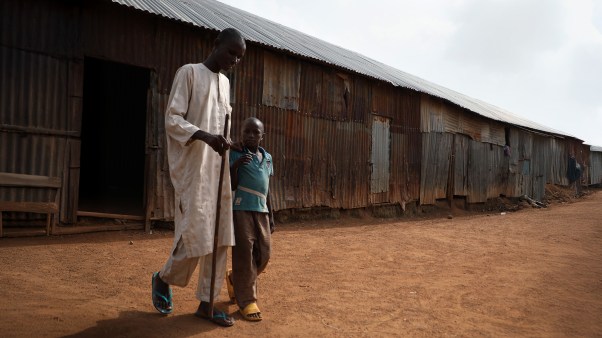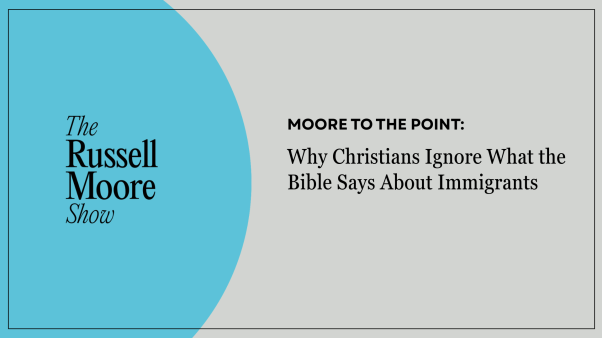It was evangelism, ecumenism, and a ministry of peace. That’s how president Withold Benedyktowiez of the Polish Ecumenical Council summed up the ten-day preaching visit of evangelist Billy Graham to Poland last month.
Graham preached to some 25,000 people at nine churches in six cities. Thousands raised their hands upon his invitation to receive Christ. The meetings brought Roman Catholics and Protestants under the same church roof, many for the first time. At Poznan, a bustling industrial city of 500,000 in western Poland, the evangelist preached in a Catholic church for the first time in his nearly forty years of ministry. And in meetings with church and government leaders, Graham called for world peace—a theme that pleased his listeners since their land has been a battlefield over the centuries.
Visitors came from East Germany, Czechoslovakia, the Soviet Union, and Bulgaria. An entire brass band from Czechoslovakia played at pre-rally services in two cities. Many people brought cassette recorders in order to let people back home hear the meetings. A new Christian named Angelika came from East Germany: she had leukemia and wasn’t sure whether she would live long enough to hear Graham preach in her own country.
Crowds ranged from nearly 1,000 at Baptist churches in Warsaw and in the northeastern city Bialystok, to about 6,500 in a Roman Catholic church in Katowice, Graham also preached in Krakow, a city of 670,000 whose bishop was Cardinal Karol Wojtyla, who would become the first non-Italian pope in 455 years. (See the news story on page 60.)
Graham’s visit began just several days after the death of Pope John Paul. But the election of Cardinal Wojtyla as Pope John Paul II wasn’t announced until after Graham’s departure. Before Graham preached in St. Ann’s Catholic Church in Krakow, a priest prayed that God would lead the conclave of cardinals in their selection of a new pope. And in his remarks at Catholic churches, Graham praised the greatness of Pope Paul VI and the friendly style of John Paul. He expressed sympathy with the Catholics over the sudden loss of their leader.
The spiritual high point in the evangelistic tour may have been reached at Katowice, the heavily-polluted hub of coal mining and steel production in Poland, as well as the home of Communist leader Edward Gierek. A near-capacity crowd filled the modern Catholic cathedral in Katowice, a Communist party stronghold with 350,000 residents.
Diocesan bishop Herbert Betnorz welcomed Graham and called the rally “the greatest ecumenical gathering ever held in this region.” Using the cross of Christ as his theme, Graham preached the simple Gospel message that is his trademark. When the evangelist gave the invitation to receive Christ, more than 1,000—including some priests and nuns—raised their hands. Many wept openly.
Afterward, hundreds went to a basement hall for follow-up counseling by seventy persons equipped with training and literature similar to that offered by the Navigators. (The Navigators is one of several groups that has had ministries within the teeming academic community in Poland.)
At Katowice, as was the pattern elsewhere, young people formed a large percentage of the audience. Many were among the inquirers. Helmut Moczygeba, a priest who is active in parish student work, said Catholic youths are increasingly going to church: “They have a great need for truth, and now they are looking for this truth in the Gospel.”
For Kazimierz Woloszek, 33, the Katowice rally provided the capstone to his long quest for God and spiritual reality. He was baptized while an infant into the Catholic Church, and, like three-fourths of the Catholics in Poland, he attended mass regularly. Yet he felt an emptiness in the Catholic traditions, and in an interview he said that it was the personal dimension of faith that had eluded him.
First he began reading religious literature. Then he traveled to a Catholic center in France, became a part of the Marriage Encounter movement, and attended a Christian camp in an eastern European country. Finally, he concluded that Christ can change one’s life. At the Graham rally, he and his wife realized for the first time the importance of a personal relationship with Christ. “What Billy Graham said about Christ and the cross tonight I took very personally.” he said.
“What happened at the cathedral tonight was of the Holy Spirit,” declared priest Jozef Danch, 34, who heads student work in the diocese. But Danch, who keeps in close touch with Protestant evangelical student workers, conceded that there “have been unity problems among Catholics and Protestants.” Noting a historic attitude of distrust between the groups, Danch said Protestants might regard Catholic involvement in the Graham visit as an intrusion and an attempt to dominate.
Some Protestants did reveal those fears in off-the record interviews. But many Protestant leaders seemed to change their minds after their encounters with Catholics during the Graham meetings. The Catholic attitude in the past has been “unfriendly,” according to Seventh-day Adventist president Stanislaw Dambrowski, but he said the situation looks better in light of the Graham visit. (When queried, no Protestant mentioned contemporary instances of discrimination other than ridicule among children in some small towns and villages.)
The Graham campaign was sponsored by the Polish Baptist Union and the Polish Ecumenical Council, a body of eight denominations. Its members: the autocephalous Polish Orthodox Church, the largest non-Catholic group with 300,000 members; the Evangelical Church of the Augsburg Confession (Lutheran), the second largest with 100,000 members: the Polish diocese of the Polish National Catholic Church (headquartered in Scranton, Pennsylvania) with 40,000 members; the Old Catholic Mariavite Church; the Reformed Evangelical Church; the Polish Baptist Union (2,500 members in 54 churches); the 6,000-member Polish Methodist Church; and the 10,000-member United Evangelical Church, a five-member alliance containing Pentecostal, Brethren, and other churches.
The Seventh-day Adventists, with 7,000 members in 100 congregations, have observer status in the council and supported the Graham campaign. (There are also another two dozen smaller denominations and sects in Poland, according to a government report.)
Still tired from the Scandinavian crusade (see October 20 issue, page 52), Graham arrived in Warsaw on a wet and chilly Friday afternoon and immediately plunged into a grueling schedule. When it was all over, he declared that it was the busiest ten days in all his years of ministry.
A welcoming party at the Warsaw airport was led by clergyman Michal Stankiewicz, president of the Polish Baptist Union. The general secretary of the Polish Ecumenical Council, Zdzislaw Pawlik, was Graham’s interpreter throughout the ten days. Catholic bishop Wladyslaw Miziolik, a top aide to Cardinal Stefan Wyszynski, who had gone to Rome to attend the funeral of Pope John Paul and to help elect a new pope, welcomed Graham on behalf of the Catholic Church.
Because most Protestant church buildings are small, Catholic churches were used for four of the nine rallies. Some Catholic leaders cooperated in the campaign, but priests had only a minor role on the platform. In several instances, masses were said immediately before or after the rallies, catching part of the Graham audience.
There were murmurings within the Catholic community over the Graham organization’s involvement with the government in making arrangements for meeting places. (Church and state clashes have occurred in the past few years over issues of religious freedom. Only three weeks before the Graham visit, Cardinal Wyszynski and the episcopate had issued a call for an end to censorship of church publications.) A Graham spokesman explained that without the cooperation of authorities, the evangelist would have been unable to hold his campaign.
At the Warsaw Baptist Church on Saturday morning, Graham led an evangelism workshop for an overflow crowd of more than 450 pastors and other Christian leaders—including some enthusiastic Catholic seminary professors and a number of teaching nuns. At a rally that night, dozens in the overflow crowd of nearly 1,000—the largest in the history of the church—raised their hands to indicate their desire to receive Christ as Saviour. Church leaders, including general secretary Adam Piasecki of the Polish Baptist Union, wept. The occasion and the spiritual response, he said, were “beyond imagination.”
Outside, clusters of people listened to Graham over loudspeakers, and young people sold Polish translations of Bibles, several of Graham’s books, and other Christian publications.
Early on Sunday, the evangelist and his team began a motor trip that took them to five other cities and covered hundreds of miles of farmland. (Eighty per cent of Poland’s land is owned privately, mostly by small farmers.) The Polish version of Indian Summer arrived and lasted nearly a week, bringing “the best weather we’ve had all year,” according to a Baptist leader.
Although the official state press carried a cursory notice of Graham’s visit, many religious publications featured pre-crusade stories and major coverage of the campaign. Wire service and other reporters followed the evangelist, along with television crews from Britain, West Germany, France, and Sweden. A documentary of the campaign, the second Graham has held in a Communist country (see report on his Hungary visit, September 23, 1977, issue, page 44), will be shown on American television sometime next year.
What stirred Graham most, he said, was his visit to Auschwitz, the Nazi concentration camp where more than four million Jews died. Standing by a wall where at least 20,000 were shot by firing squads, he condemned the mentality that had produced Auschwitz and other extermination centers. Warning that the same mentality may surface again, he urged the assembled crowd to work for unity, peace, and the spread of God’s love.
Graham also squeezed in visits to Jewish synagogues, a child health care center in Warsaw (to which the Graham organization had given $10,000), and an electronics factory. There were private chats with church and government leaders, a reception at the American embassy, and a side trip to Czestochowa and the famous shrine of the Black Madonna, a painting of the mother of Jesus that is visited yearly by thousands of pilgrims. (Mary is seen as the protector and deliverer of Poland.)
In his talks with Polish leaders, Graham said that he had come to Poland with an open mind to learn about its society and churches. He expressed “revulsion” at what the Nazis had done to Poland, and he praised the Polish spirit that had rebuilt the nation’s cities. He said that he wanted only to speak about God’s love for mankind, not a new message in Poland, but one that needed to be reaffirmed in every generation. He said that Christians must get involved in helping to make the world a better place to live.
It is too early to evaluate Graham’s visit, he and Polish church leaders affirm. But as a result of the crusade Bible study groups have sprung up in some cities and pastors report renewed interest and activity. Evangelical influences within the Catholic church have been reinforced, and bridges have been built between Protestants and Catholics.
As Graham prepared to leave Poland, Bishop Betnorz sent an aide to Graham with some Bibles and ten copies of the Polish translation of the evangelist’s book, How to Be Born Again. “Please autograph them,” requested the bishop. “I want to give them to my friends.”



